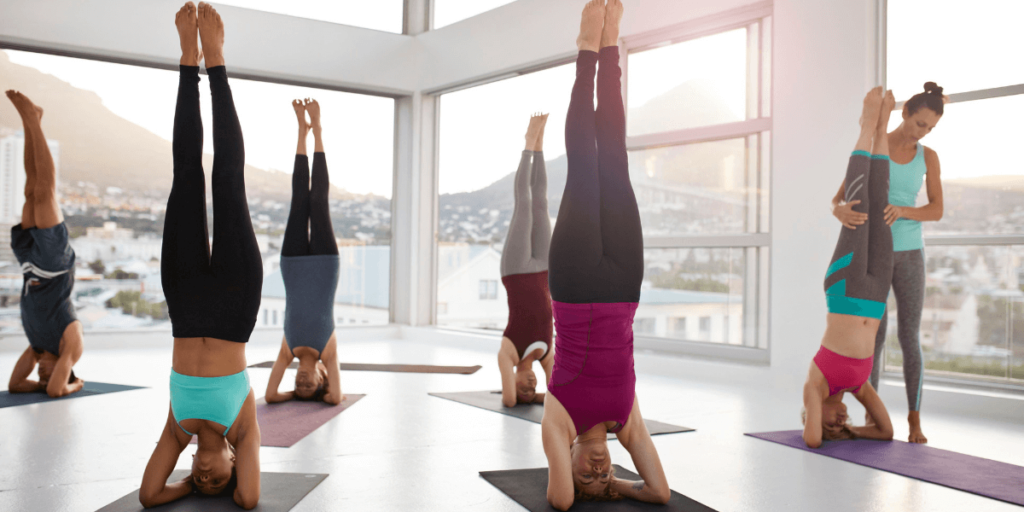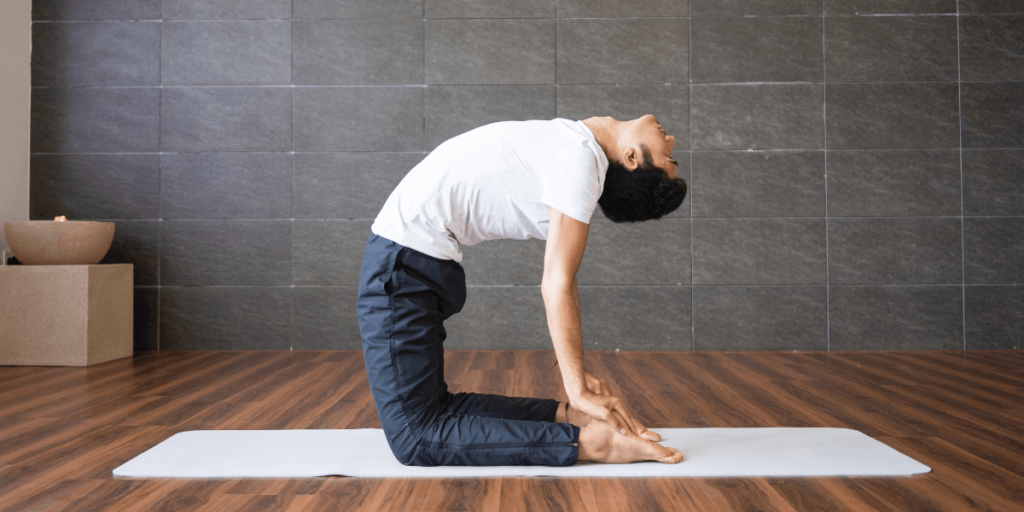Many people think yoga inversions are very advanced moves, but with some practice and technique, you can work your way up to balancing upside down. As children, we may have found handstands and cartwheels just plain fun, but inversions actually serve plenty of benefits!
What Are Inversions?
Inversion yoga poses are where the heart is higher from the ground than the head. This doesn’t mean you have to be in a headstand or complicated handstand, in fact an inversion can be as simple as Downward Facing Dog, Legs-Up-the-Wall Pose, and even Standing Forward Bend.
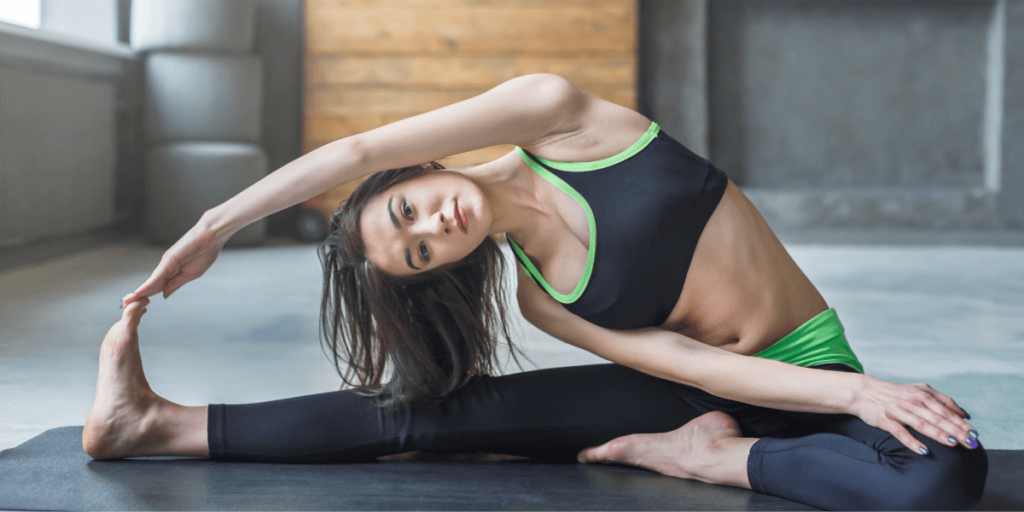
The Benefits of Inversion Yoga Poses
Inversion yoga poses serve a whole slew of benefits. Incorporating these poses into your yoga routine will help you improve flexibility, strength, high blood pressure and more.
Improved Strength and Flexibility
A growing body of research evidence shows that yoga improves your overall body strength, flexibility, posture, range of motion, and flexibility. A 2015 research study highlights that inversions improve mind-body connection and strengthen the body. It allows you to stretch your body against the gravitational force to increase muscle strength, flexibility, and endurance.
Bear in mind that each inversion pose targets a different muscle group. A 2016 study found that yoga inversions performed regularly for at least ten weeks can strengthen the hips, knees, hamstrings, and lumbar spine.
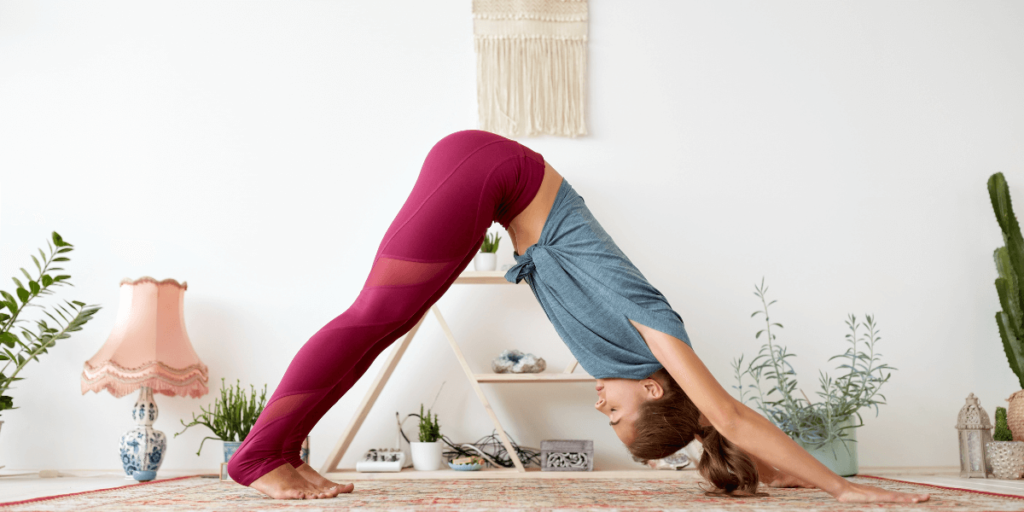
Boosted Energy Levels
A 2017 research study confirms that yoga inversions are an excellent way to boost your energy levels and increase mental focus. Inversions increase blood flow to your brain, fueling it with more oxygen and essential nutrients. As a result, the brain releases chemicals, such as serotonin, dopamine, endorphins, and norepinephrine. Various research studies show that these brain chemicals suppress cortisol, a stress-causing hormone, and improve your mood.
One study highlights that inversion yoga poses cause your heart to receive venous blood flow from your pelvic region and legs. The heart passes the blood to the lungs for oxygenation. It also lowers heart rate, improves maximum uptake of nutrients and oxygen, and increases endurance. When your cells receive more nutrients, they trigger energy-boosting intracellular and intercellular mechanisms.
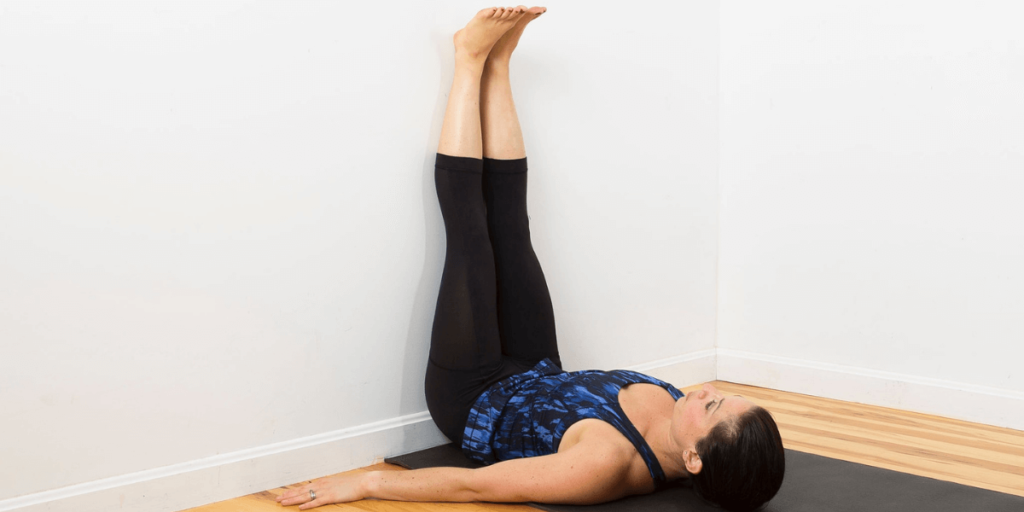
Anti-Inflammation and Pain Relief
Some inversion poses, including Legs-Up-the-Wall Pose, offer excellent anti-inflammatory benefits. For instance, if you have inflamed spinal muscles and lower back pain, you can perform this pose to increase lymphatic circulation, allowing the system to remove waste materials and enhance your homeostatic levels.
Research shows that yoga inversions increase blood flow and lymphatic circulation away from your lower body, allowing your heart to receive more venous blood for oxygen through the lungs. The oxygenated blood packed with essential nutrients, including anti-inflammatory compounds, can relieve discomfort, tinging, inflammation, and pain in your body.
Increased Blood Circulation
Increased blood and lymphatic circulation are other crucial benefits of yoga inversions, allowing your body to remove byproducts and increase oxygenated blood flow to various organs and tissues. Improved venous blood flow from your limbs to your heart leads to increased oxygenation, lowered heart rate, and enhanced nutrient uptake. That way, your cells receive more oxygen and nutrients, leading to better cellular mechanisms.
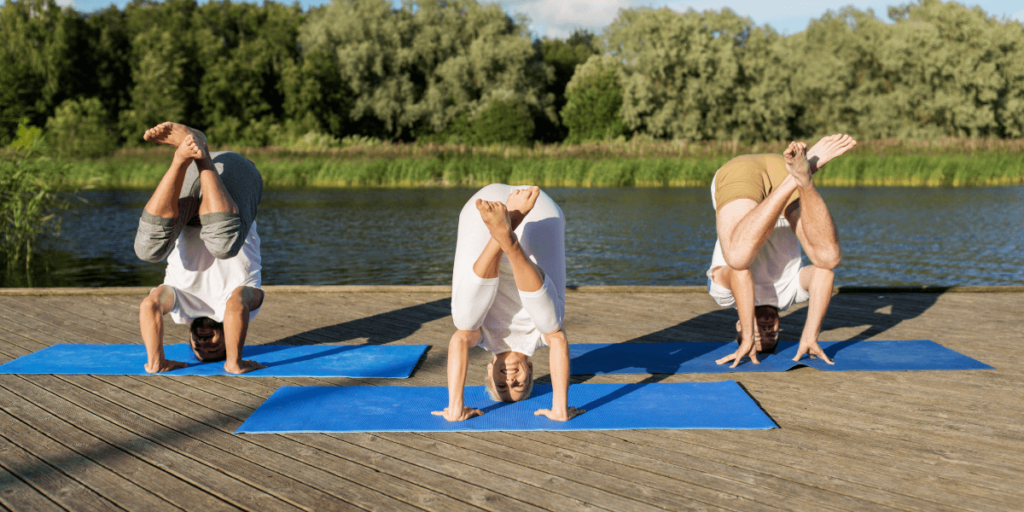
The Downside of Yoga Inversions
Although yoga inversions offer a wide range of health benefits, they also have some downsides. A 2019 cross-sectional survey study found that inverted poses can lead to injuries, including neck, spine, and joint injuries. Therefore, we recommend talking to your health provider to ensure you are the right candidate for this type of yoga.
Because inversions require you to place your head lower than your heart, they can force blood to your face, leading to hypertension and circulatory system problems. If you have glaucoma, make sure you avoid practicing inverted poses. Another study confirms that inversion poses, including Supported Shoulder Stand and Headstand, are harmful during pregnancy. However, a 2015 study concludes that Downward-Facing Dog is safe for pregnant women.
Do you include yoga inversions in your yoga practice? Let us know! Simply snap a photo of you holding an inversion pose, or take a quick pose video, and tag us on Instagram with @WeAreYogaPose or #WeAreYogaPose.
